Behind the scenes of the coffee roasting process lies a captivating journey that transforms green beans into fragrant, flavorful brews. From the meticulous drying stage to the intricate pyrolysis reactions, each step in this process plays a vital role in unlocking the unique characteristics of the coffee. Whether it’s the artful techniques of drum or fluid bed roasting, or the thoughtful consideration of bean origin and variety, the roasting process is a true testament to the skill and passion of coffee professionals. Unraveling the complexities behind this process promises to unveil a world of aromatic delights for coffee enthusiasts.
Key Points
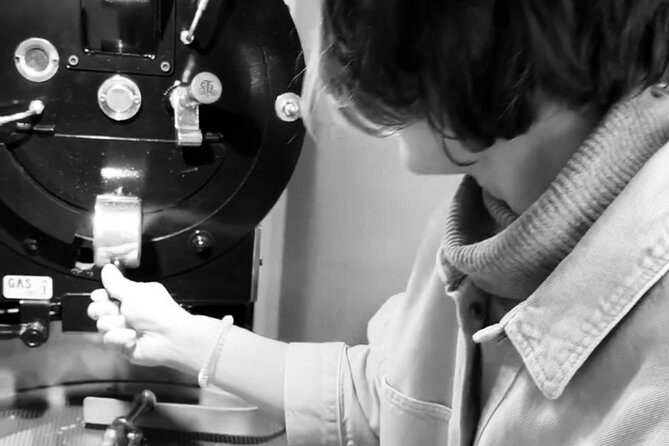
- The coffee roasting process involves three crucial stages: drying, pyrolysis, and fine-tuning the final roast to unlock the full potential of the beans.
- Bean selection is critical, as the origin and quality directly impact the flavor profile, influencing roast recommendations.
- Roast levels, from light to dark, showcase diverse coffee characteristics and allow customization of the desired flavor experience.
- Artisanal roasting techniques, such as drum, fluid bed, and infrared roasting, enhance the unique aromas and flavors of each bean.
- Sustainable roasting practices, including energy-efficient equipment and ethical sourcing, promote environmental responsibility in the coffee industry.
What Is Coffee Roasting?

Coffee roasting is the process of heating green coffee beans to transform their physical and chemical properties.
It’s a crucial step in the coffee production cycle, as it brings out the beans’ unique flavors, aromas, and characteristics.
During roasting, the beans undergo various chemical reactions that result in the development of hundreds of different compounds, each contributing to the final cup’s taste profile.
The duration and temperature of the roasting process can be adjusted to achieve the desired level of roast, from light to dark.
This careful approach allows coffee roasters to bring out the best in each origin and variety, creating a diverse range of coffee experiences for enthusiasts.
Here are more great tours and experiences we've reviewed in Los Angeles
The Roasting Process Stages
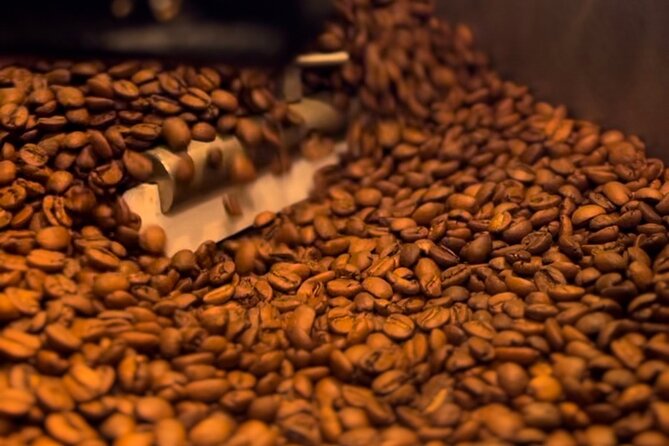
The roasting process typically unfolds in several distinct stages, each playing a crucial role in unlocking the beans’ full potential.
First, the beans undergo a drying phase where moisture is carefully removed.
Next, the beans enter a phase of pyrolysis, where complex chemical reactions occur, altering their color, aroma, and flavor.
Finally, the roast is fine-tuned to achieve the desired profile, with factors like temperature and duration meticulously controlled.
These three stages – drying, pyrolysis, and final roast – work in harmony to transform raw coffee beans into the aromatic and flavorful elixir we know and love.
The Importance of Bean Selection
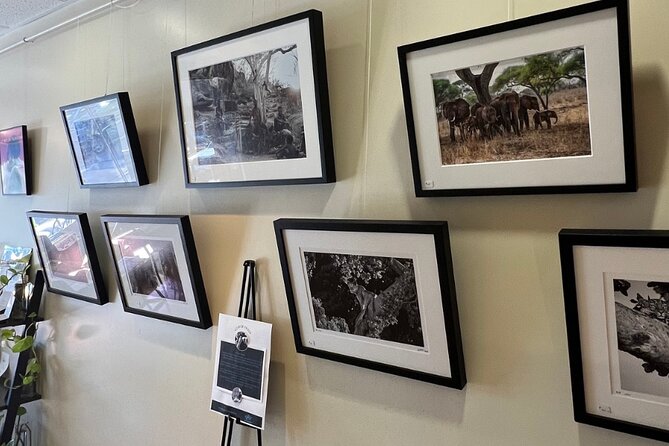
Carefully selecting the right coffee beans is paramount to the roasting process. The quality and origin of the beans directly impact the final flavor profile. Different coffee-growing regions around the world offer a diverse range of bean characteristics, from the bright acidity of Central American beans to the rich, chocolatey notes of Indonesian varieties.
| Origin | Flavor Notes | Roast Recommendation |
|---|---|---|
| Central America | Bright, Citrus, Floral | Light to Medium Roast |
| South America | Balanced, Earthy, Nutty | Medium Roast |
| Africa | Complex, Fruity, Spicy | Medium to Dark Roast |
| Indonesia | Full-Bodied, Chocolatey, Smooth | Dark Roast |
| Asia | Intense, Smoky, Bold | Dark Roast |
Carefully selecting the right beans based on the desired flavor profile is a crucial step in the coffee roasting process, ensuring a consistently high-quality product.
Roast Levels and Flavour Profiles
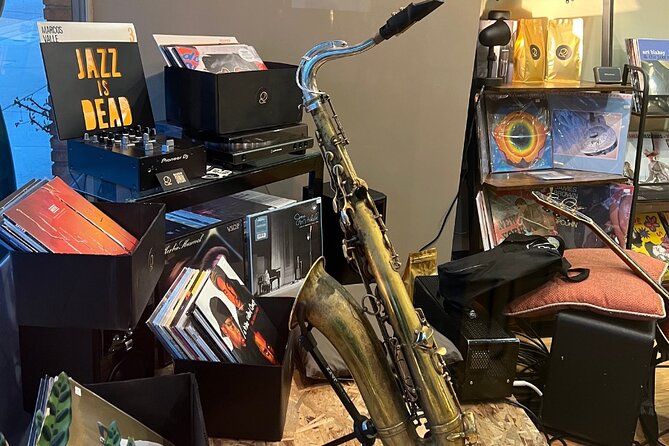
As the coffee beans are roasted, the level of roast directly impacts the resulting flavor profile.
Lighter roasts tend to showcase the origin’s natural flavors, often exhibiting notes of fruit, floral, or citrus.
Medium roasts strike a balance between the bean’s inherent characteristics and the roasting process, producing a well-rounded, nuanced taste.
Darker roasts, on the other hand, emphasize the roast itself, leading to flavors like caramel, chocolate, or smoky.
The three main roast levels are:
- Light Roast: Delicate, nuanced flavors.
- Medium Roast: Balanced, complex profile.
- Dark Roast: Robust, roast-forward taste.
Understanding these roast levels allows coffee enthusiasts to explore and appreciate the diverse range of flavors inherent in the humble coffee bean.
Artisanal Roasting Techniques
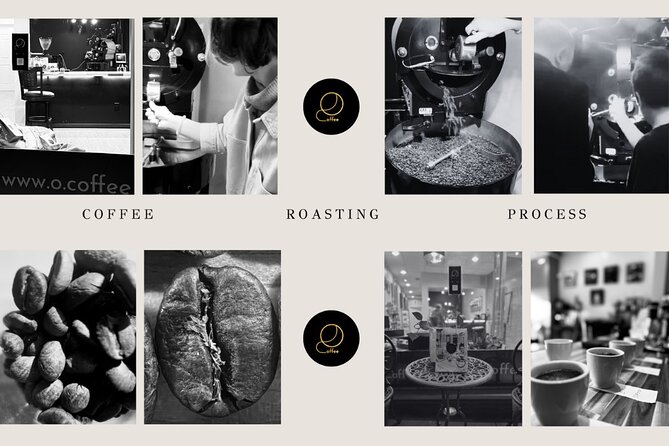
Beyond the distinct roast levels lies the artistry of the roasting process itself. Skilled roasters employ a range of techniques to coax out the unique flavors and aromas inherent in each coffee bean. One such method is drum roasting, where beans are agitated in a rotating steel drum to ensure even heat distribution. Alternatively, fluid bed roasters suspend the beans in a column of hot air, providing a gentle yet thorough roast.
| Technique | Description |
|---|---|
| Drum Roasting | Beans are agitated in a rotating steel drum for even heat distribution. |
| Fluid Bed Roasting | Beans are suspended in a column of hot air for a gentle, thorough roast. |
| Infrared Roasting | Infrared heat waves penetrate the beans, caramelizing sugars and unlocking flavors. |
| Micro-Batch Roasting | Small, carefully monitored batches allow for precise control over the roast profile. |
- Full-Day Iconic Sights of LA, Hollywood, Beverly Hills, Beaches and More
- Warner Bros. Studio Tour Hollywood
- The Official Hollywood Sign Walking Tour in Los Angeles
- Shared 3 Hour Los Angeles Tour
- Griffith Observatory Hike: an LA Tour Through the Hollywood Hills
- Hollywood Sightseeing and Celebrity Homes Tour by Open Air Bus
Sustainable Roasting Practices
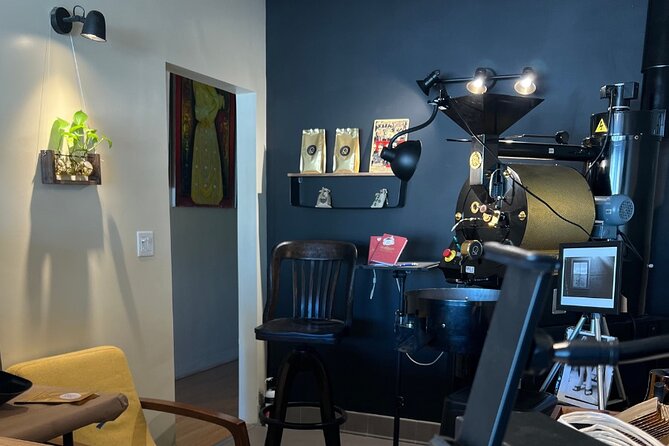
Roasting coffee beans in a sustainable manner is a growing priority for many specialty coffee providers. By adopting eco-friendly practices, these roasters aim to minimize their environmental impact and promote responsible sourcing.
Some key aspects of sustainable roasting include:
-
Energy-efficient equipment: Investing in roasters with advanced heating and cooling systems to reduce energy consumption.
-
Waste reduction: Repurposing byproducts, such as chaff, for use in other industries or as biofuel.
-
Ethical sourcing: Partnering with coffee growers who employ sustainable farming methods and ensure fair labor practices.
Through these initiatives, specialty coffee roasters are leading the way in making the industry more sustainable and environmentally conscious.
Tasting and Appreciating Roasted Coffee
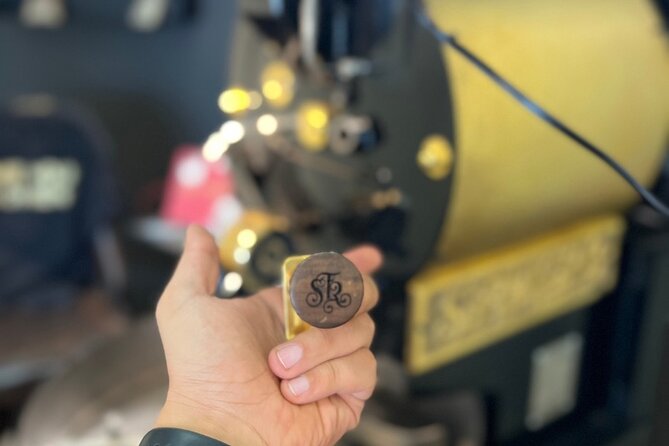
After exploring the sustainable practices of specialty coffee roasters, the focus now shifts to the art of tasting and appreciating the nuanced flavors of the roasted coffee itself.
Coffee tasting, known as "cupping," involves methodically evaluating the coffee’s aroma, acidity, body, sweetness, and overall flavor profile. Experienced tasters assess these attributes, identifying notes of fruit, chocolate, or spice, and assigning quality scores.
This sensory experience allows coffee enthusiasts to fully appreciate the unique character of each origin and roast. By understanding the complexities of roasted coffee, one can develop a deeper connection to the craft and culture surrounding this beloved beverage.
Frequently Asked Questions
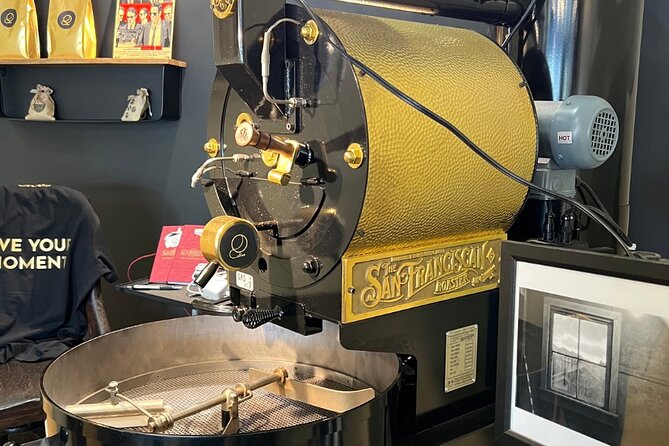
What Is the Cancellation Policy for This Experience?
The cancellation policy for this experience allows for free cancellation up to 24 hours before the activity starts. Customers can take advantage of this flexible policy if their plans change.
Can I Request a Group Larger Than 4 Travelers?
Unfortunately, the tour capacity is limited to a maximum of 4 travelers. The provider, O Coffee, does not offer the option to request a larger group size for this experience. Groups larger than 4 are not accommodated.
Is There Any Dress Code or Attire Requirement for the Tour?
The tour has no specific dress code or attire requirement. Guests can wear comfortable clothing and closed-toe shoes, as the experience involves walking through a working coffee roastery. The focus is on the informative and behind-the-scenes nature of the activity.
Do I Need to Bring Any Personal Items or Supplies?
The activity does not require guests to bring any specific personal items or supplies. Participants should dress comfortably and wear closed-toe shoes, as the tour involves behind-the-scenes access to the coffee roasting facility.
Are There Any Age Restrictions or Requirements for This Activity?
This activity is generally open to all ages, though children under 12 may require adult supervision. There are no specific age restrictions or requirements listed for this tour. Participants of all ages are welcome to join the coffee roasting experience.
Recap
The coffee roasting process is a captivating journey that transforms green beans into the fragrant and flavorful coffee we enjoy. From meticulous drying to intricate pyrolysis, each stage unlocks the unique characteristics of the beans. Artisanal techniques further refine the profiles, while sustainable practices ensure responsible sourcing. Ultimately, the tasting experience celebrates the art and science behind this beloved beverage.
More Tour Reviews in Los Angeles
- Virtual Reality Experience Near LAX, Beach, Nature, Adventure
- Los Angeles: The Pink Panther and the Case of the Missing Diamond
- Los Angeles Private Custom Tour
- Private Greater Los Angeles and Shoreline Village Tour.
- Catalina Island Day Trip From LAX Area Hotels With Undersea Adventure
- Los Angeles International Airport (LAX) Hotel Shuttle
Not for you? Here's more things to do in Los Angeles we have recnetly reviewed
- 25 Best Cruises And Boat Tours In Los Angeles
- 7 Best Dining Experiences In Los Angeles
- 7 Best Full-Day Tours In Los Angeles
- 5 Best 2 Day Tours In Los Angeles
- 25 Best Helicopter Flights And Tours In Los Angeles
- 4 Best 3 Day Tours In Los Angeles
- 4 Best 4 Day Tours In Los Angeles
- 2 Best Coffee Tours And Tastings In Los Angeles
- 20 Best Photography Experiences In Los Angeles
- 7 Best Dinner Tours In Los Angeles
- 20 Best Food Tours In Los Angeles
- Combo: Ferrari, Bus Tour, Hollywood Sign and Beverly Hills
